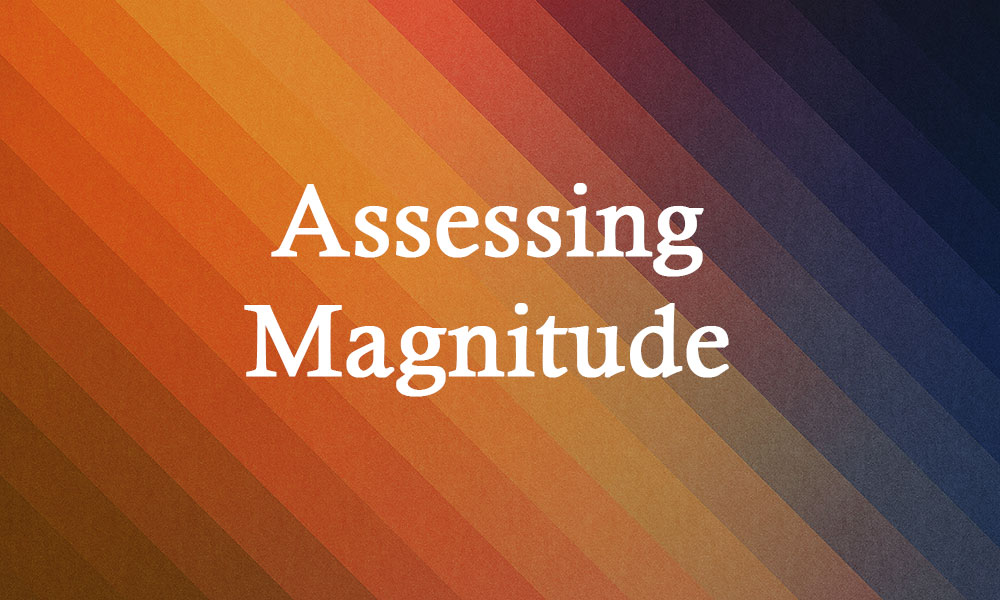Abstract
In August 1824, there was a fierce attack by 200 Tasmanian Aboriginal men on James Hobbs’s property at Eastern Marshes, near Oatlands in Van Diemen’s Land. Hobbs’s stockmen fired to deter the approaching Aborigines, but having discharged their weapons, they were overwhelmed before they could reload, and one man, James Doyle, was beaten to a pulp. The rest fled in terror to Hobart, refusing to return. The influence of Musquito, the renegade Sydney Aborigine was suspected. His campaign of terror that began about 1824 alarmed the colony,but what was more frightening was the fact “that no Natives [were]…observed on any part of the coast ”having moved into the interior and “lately formed themselves into one formidable body.” It appeared the coastal Oyster Bay tribe had formed an alliance with the interior Big River mob. There was strong suspicion that “Musquito and other blacks” brought up among Europeans were behind these new attacks, but it was difficult to pin responsibility on Musquito. Aborigines came from a considerable “distance to place themselves under [his] command”, but he tended to manipulate forces obliquely. Musquito “kept the tethers”: “He would lurk about, gaining information,lay his plans in a skilful manner and then from his retreat, dispatch his band to carry on the warfare.” He was by all accounts a formidable, charismatic figure who“had high notions of his own worth.”He would “stalk into the cottages of the settlers” and “seat himself with great dignity,” while his followers, upwards of several hundreds, would patiently await “his signal to approach.” According to John West, as his influence“enlarged,it became more pernicious” and influenced not only his immediate followers “but propagated his spirit” and deeds “of great enormity were committed at his direction; several by his own hand.”
Download the full article
